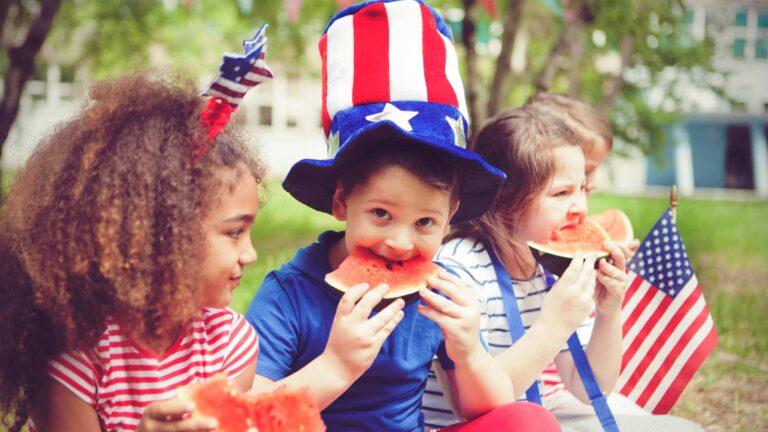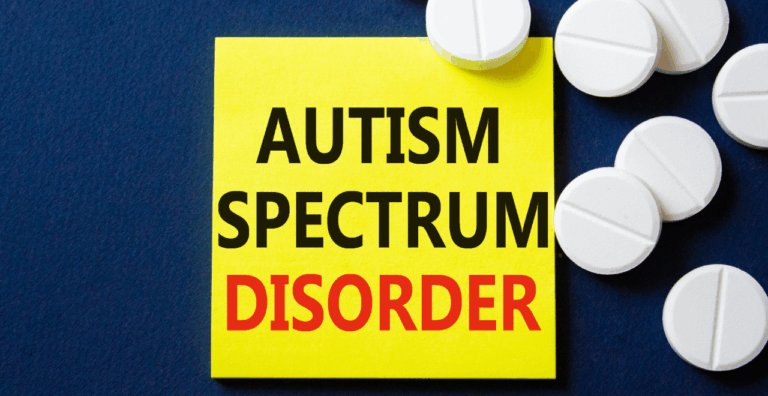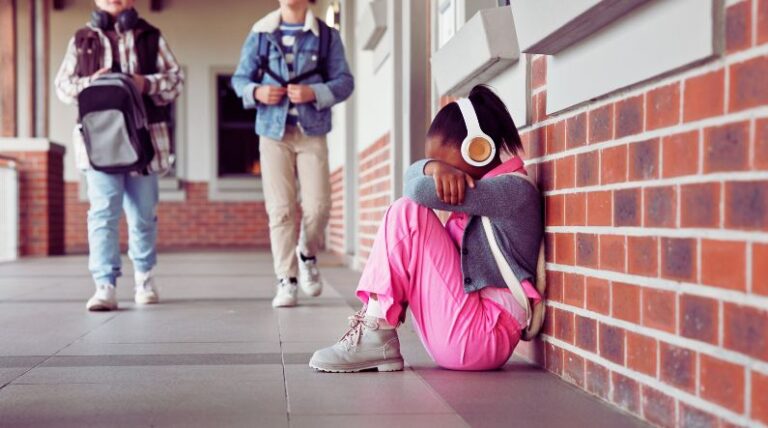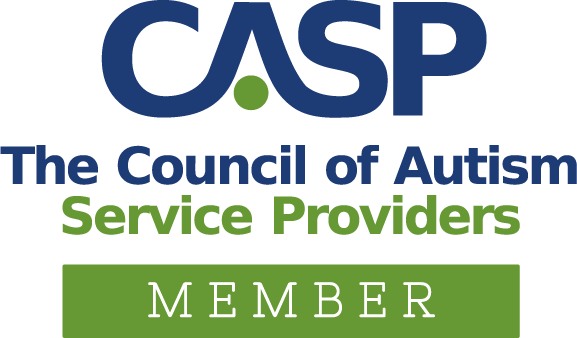Table of Contents
How to adapt a sensory-friendly July 4?
July 4th is a time for family gatherings, parades, barbecues, and fireworks. For individuals with sensory sensitivities, however, the sights, sounds, and unpredictable crowds can turn festive fun into overwhelming stress. With thoughtful planning and creativity, you can design a sensory-friendly July 4th celebration that’s a memorable, inclusive, joyful, and comfortable experience for everyone.
Here are eight ways to make your a sensory-friendly July 4 and stress-free:

1. Choose an Accommodating Venue
Big-city fireworks displays and crowded public spaces often create sensory chaos—blaring booms, flashing lights, and mass crowds. Instead, look for venues or events that offer calmer environments.
Ideas for sensory-safe spaces include smaller community firework displays, early-evening shows in local parks, or family-friendly events that offer quiet zones. At-home gatherings or backyard barbecues are also great alternatives, allowing you to control the environment fully.
2. Create a Sensory Survival Kit
A well-stocked sensory kit can make a huge difference. Pack items tailored to your loved one’s needs, such as noise-canceling headphones, fidget toys, weighted blankets, favorite snacks, sunglasses, water bottles, and calming items like scented towels or visual timers.
Having easy access to familiar and comforting items supports emotional regulation throughout the day.
3. Strategize Breaks and Quiet Time
Fireworks, parades, and other July 4th activities can build up sensory stress and anxiety for children with autism. Schedule intentional quiet breaks throughout the day to recharge and refocus. These can take place in a shaded corner, a car, or a designated sensory-friendly space at home.
Let your loved one know ahead of time when breaks are planned. Building this into the routine reinforces predictability and reduces the chance of overwhelm.
4. Personalize the Firework Experience
Traditional fireworks might not be the right choice for a sensory-friendly July 4. Consider safer or quieter alternatives, such as glow sticks, light-up toys, or silent fireworks, if available in your area. Some communities now offer reduced-noise firework shows or other inclusive programming—check local listings.
At home, you can also simulate a fun light show indoors using LED projectors or apps. If you do attend a show, consider watching from a distance or leaving before the loudest parts of the show begin.
5. Redefine What “Fun” Means
A festive July 4th doesn’t require fireworks or big crowds. Let your loved one help define what fun looks like. Ideas include patriotic crafts, DIY snack stations, water play activities, movie night under the stars, or a quiet backyard picnic.
These types of celebrations offer just as much joy—without the stress.
6. Use Visual Supports and Clear Expectations
Many children with autism or sensory sensitivities benefit from knowing what to expect. Prepare a visual schedule or use a social story to walk through the day’s plan. Give your loved one opportunities to make choices throughout the day, like selecting their outfit, snacks, or break activities.
This structure can help reduce anxiety and build independence.
7. Involve Your Loved One in Planning
Empower your child or loved one by involving them in planning the day. Let them help pack the sensory kit, decorate the house, or choose a calming activity for breaks. The more ownership they feel, the more likely they are to stay engaged and self-regulate.
Rehearse coping strategies in advance so they feel confident asking for help or taking a break when needed.
8. Prioritize Safety and Consider Pets
If you’re doing fireworks at home, establish a safe zone well away from people and pets. Always supervise the use of fireworks and keep a water source nearby.
Pets also struggle with the sounds of fireworks. Consider keeping them inside in a calm, safe area. Provide bedding, background noise, or comfort items, and ask your vet about calming options if needed.
Ongoing Support Beyond July 4th
Independence Day can be a powerful opportunity to build skills that translate into daily life. Using sensory kits, taking scheduled breaks, or preparing visual routines are techniques that help with school, family outings, and travel.
At ABA Centers of America, we support families in developing these tools to make holidays, including a sensory-friendly July 4, and everyday life more manageable and fulfilling.
Want More Help? We’re Here.
If your family could benefit from more structured support with behavior challenges, daily routines, or social-emotional development, our team is here to help.
Click here to contact us at ABA Centers of America or call us at (844) 923-4222 to learn more.
Wishing you a peaceful, safe, and sensory-friendly July 4.







